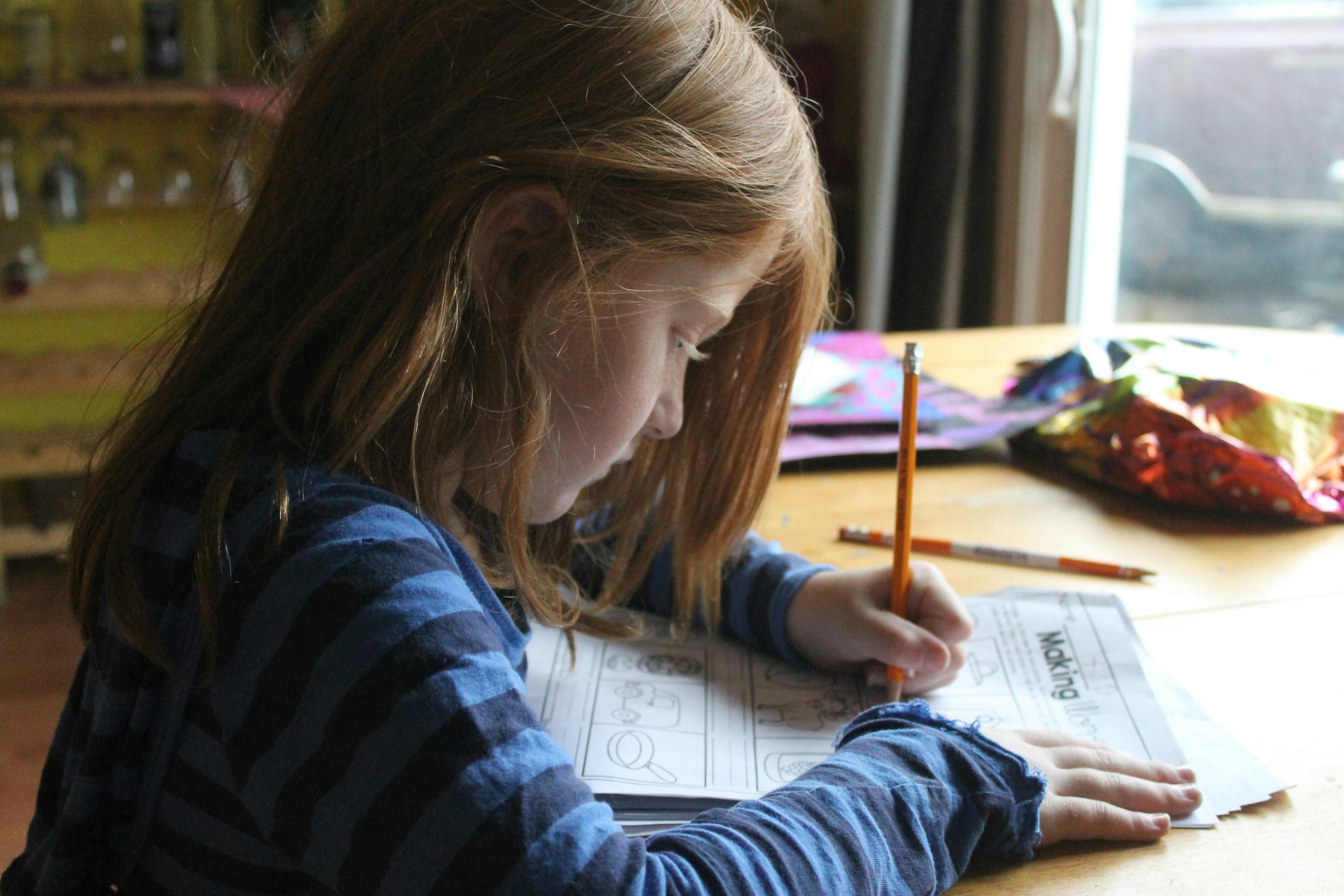
Learning to write is a big step in a child’s early development. It builds on fine motor skills, language, and early reading ability. While each child is unique, there are general age ranges when most kids begin to develop writing skills. Understanding these stages can help you support your child without pressure or frustration.
Just like reading, writing doesn’t happen overnight. It’s a process that starts in toddlerhood and builds through the early elementary years. Kids first learn to scribble, then draw shapes and letters, and finally start forming words and sentences.
In this article, we’ll break down the writing journey by age group, explain what skills to look for, and give you simple ways to support your child’s growth. We’ll also talk about how reading and writing work together—because if you’ve ever wondered when do kids start reading, it’s helpful to know that reading and writing often go hand-in-hand.
Writing Milestones by Age

Ages 1–2: Scribbling and Making Marks
At this stage, writing is mostly about exploration. Children begin to hold crayons and make random marks on paper. It might not look like writing, but it’s an important step. These early scribbles help kids develop hand strength and coordination.
Common behaviors:
- Scribbling with crayons or markers
- Holding writing tools with a full fist
- Making marks on paper without control
How to support:
- Provide washable crayons and big paper
- Let them explore without rules—don’t worry about staying inside lines
- Encourage drawing during playtime
Ages 2–3: Controlled Scribbling and Imitating Shapes
Around this age, kids begin to make more controlled marks. They might start to imitate lines, circles, and shapes. You’ll see them “writing” by making squiggly lines and pretending to write letters or words.
Common behaviors:
- Drawing straight lines and circles
- Holding crayons with fingers instead of fists
- Pretending to write like adults
How to support:
- Show them how to draw simple shapes
- Encourage “writing” by making grocery lists or signing pretend cards
- Praise their efforts, not the outcome
Ages 3–4: Drawing Letters and Writing Their Name
This is when many kids start to connect sounds with symbols. They begin to recognize and draw letters, especially those in their name. Don’t worry if letters are backward or out of order—it’s normal at this age.
Common behaviors:
- Writing some letters, especially capital ones
- Attempting to write their name
- Identifying letters they see in books or signs
How to support:
- Practice name writing using dotted-line worksheets
- Use finger tracing on sand, salt trays, or textured cards
- Label items around the house with words and pictures
Ages 4–5: Writing Words and Simple Sentences
As kindergarten approaches, children gain more confidence. They begin to understand how sounds form words and how words form sentences. They may start spelling words phonetically (like writing “kat” for “cat”) and using invented spelling.
Common behaviors:
- Writing simple words and short sentences
- Using invented spelling
- Leaving spaces between words (sometimes!)
How to support:
- Encourage journal writing with prompts like “My favorite food is…”
- Celebrate their writing attempts—even with spelling errors
- Read aloud often to build vocabulary
Ages 5–7: Writing Fluency Begins
In the early elementary years, writing starts to become more structured. Kids learn spelling rules, grammar basics, and how to write for meaning. They can write multiple sentences and even short paragraphs with guidance.
Common behaviors:
- Writing full sentences with punctuation
- Spelling some words correctly and others phonetically
- Beginning to write stories or explanations
How to support:
- Help them brainstorm before writing
- Encourage daily writing habits like storybooks or notes
- Support spelling without discouraging creativity
What Skills Help Kids Learn to Write?

Writing isn’t just about putting letters on paper. Several underlying skills make writing possible:
1. Fine Motor Control
Children need hand strength and control to hold pencils, draw lines, and form letters. Activities like cutting with scissors, playing with playdough, or building with blocks can all strengthen fine motor skills.
2. Letter Recognition
Knowing letters and the sounds they make is key. This comes from early exposure to the alphabet, singing songs like the ABCs, and playing letter games.
3. Phonemic Awareness
This is the ability to hear and break down the sounds in words. It’s closely related to early reading and spelling success.
4. Attention and Focus
Writing takes concentration. As kids grow, their attention span increases, helping them focus on writing longer pieces.
5. Confidence
Believing they can write—even with mistakes—is crucial. Encouragement and patience from adults make a big difference.
The Link Between Reading and Writing
If you’ve asked when do kids start reading, you may already know that early readers often become early writers. Reading helps kids learn how words look and how sentences are formed. Writing, in turn, helps them better understand what they read.
Children who are read to regularly tend to have better vocabulary, sentence structure, and spelling. That’s why it’s so important to build a reading habit at home.
How reading supports writing:
- Builds vocabulary
- Models sentence structure
- Teaches story sequencing
- Strengthens memory and comprehension
The more your child sees and hears language, the more confident they’ll feel writing it themselves.
What If My Child Is Struggling?
Some kids take longer to develop writing skills—and that’s okay. Writing is complex, and every child learns at their own pace. However, there are a few signs that may suggest your child needs extra support:
Watch for:
- Trouble holding a pencil by age 4–5
- Avoiding drawing or writing tasks
- Difficulty recognizing letters
- Poor hand-eye coordination
What to do:
- Talk to your child’s teacher or pediatrician
- Ask for a handwriting assessment if needed
- Work with an occupational therapist if fine motor delays are present
- Keep writing low-pressure and fun at home
Remember, writing readiness isn’t about being perfect—it’s about building skills step by step.
Easy Writing Activities to Try at Home
Want to help your child enjoy writing? Here are some simple and fun ways to practice every day:
Letter Hunts
Hide letters around the house and ask your child to find them and say their sounds.
Story Starters
Give them a sentence to begin a story like, “One day, I found a dragon in my backyard…”
Thank You Notes
Have your child write short notes to family members or friends.
Grocery Lists
Let them help you write the grocery list. Even if they just draw pictures, it builds writing confidence.
Writing Games
Try apps or printable games that make writing fun and interactive.
Final Thoughts: Encouraging Young Writers
So, when do kids learn to write? The journey starts as early as toddlerhood, with scribbles and marks. Most kids write their names by preschool and begin forming sentences by first grade. But the path is different for every child.
With encouragement, patience, and the right tools, your child can develop writing skills at their own pace. Keep reading together, offer opportunities for writing at home, and celebrate their progress along the way.
And if you’ve ever wondered when do kids start reading, remember—reading and writing support each other. Both are part of a lifelong journey of learning, communication, and self-expression.
